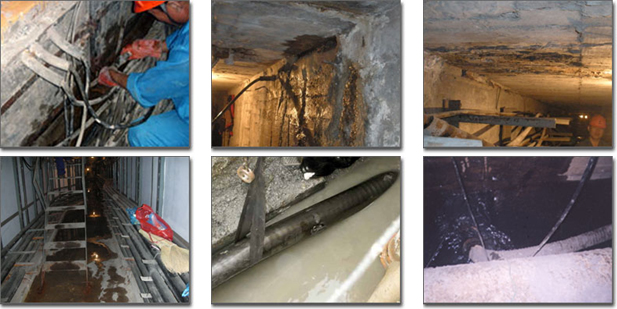I. Cable laying
In the wiring project, the common laying methods of cables mainly include direct burial laying, pipe laying, shallow trench laying, cable trench laying, cable tunnel laying, and overhead laying. These laying methods have their own advantages and disadvantages. Which ones need to be applied in actual construction depends on factors such as building density, cable line length, number of required cables and surrounding environment.

In terms of construction difficulty, cable tunnel laying and cable trench laying are more convenient for construction and maintenance and later maintenance work. Many developed cities have adopted public tunnels for planning and construction. The public tunnel reduces the number of repetitive investments and the inconvenience caused by repeated excavation of the road. However, due to the high investment cost in the early stage, the development of such laying methods in China has been blocked and used less.
Relatively speaking, direct burial and shallow trenching are more cost effective and less expensive. Straight buried cables are widely used in ordinary homes or office areas, but they are used less in suburban areas where vehicles are blocked. This type of laying method is economical, but it will bring difficulties to cable repair and maintenance in the later stage. In the event of a fault, even if the point of failure is detected, the line slot needs to be re-excavated, and the engineering loss is large.
In short, the choice of laying method needs to be based on actual conditions, combined with engineering environment requirements, cable type and other factors, focusing on long-term sustainable development, considering system reliability, ease of maintenance requirements and technical and economic rational principles.
2. Cable selection
Common power cables are also classified into many types, such as oil-immersed cables, PVC insulated cables, and cross-linked polyethylene cables. These cables can be extended to a variety of special functional cables depending on the application. Among them, XLPE cable is the most widely used among many cables. When selecting the cable, the conditions of different application environments should be considered and selected according to the actual situation. In addition, when laying, try to avoid crossing railways, highways and communication cables, and directly burying and shallow trenches can be installed with steel shovel.